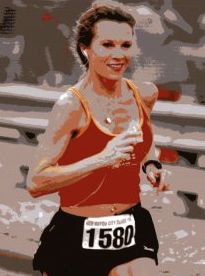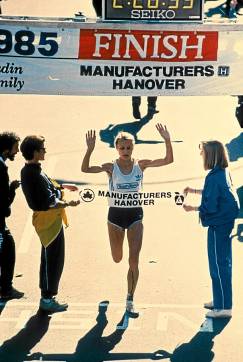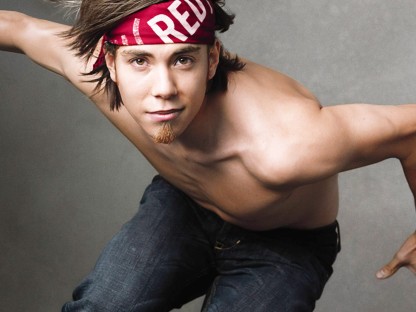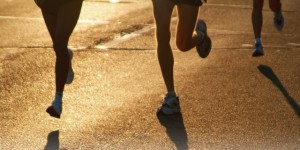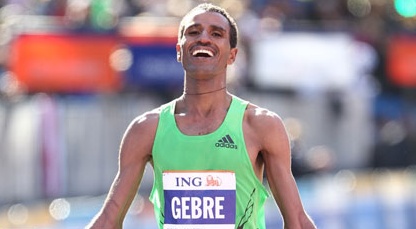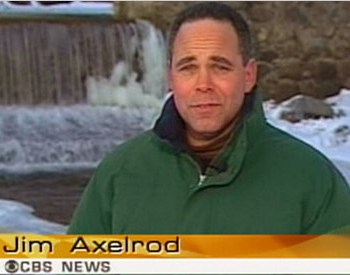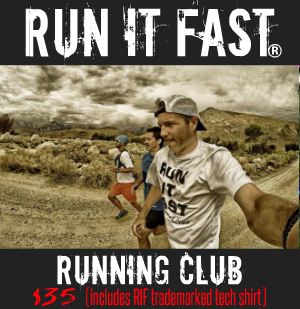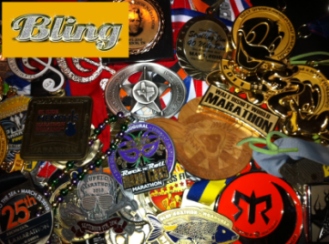“I used to do a little, but a little wouldn’t do it, so the little got more and more. I just keep trying to get a little better, said a little better than before” – ‘Mr. Brownstone’ (GNR)
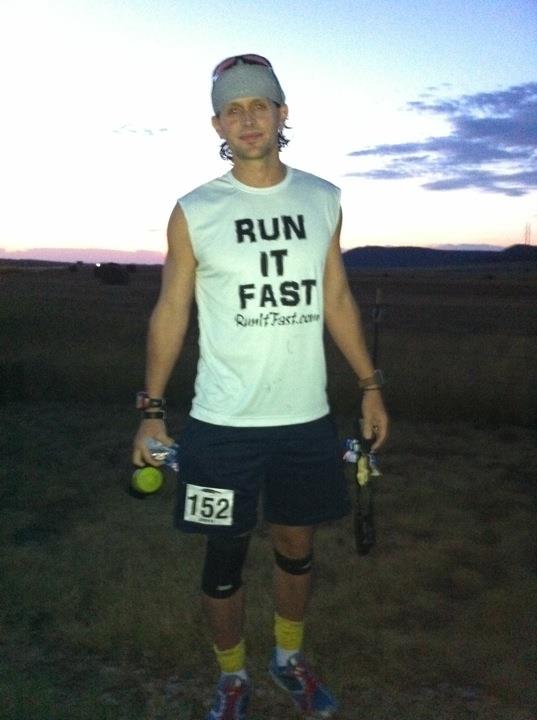
The Lean Horse 100 Mile Ultra Marathon took place on August 27-28, 2011. The race started about 8 miles west of Hot Springs, South Dakota at 6am just as the sun was starting to peak over the Black Hills.
The race was created by running legend Jerry Dunn who ran 200 marathons in 2000 and the New York City Marathon 28x in a row on the NYC course before running the official NYC Marathon on the 29th day. He did a similar thing with the Boston Marathon as well. Sports Illustrated even did a brief piece on him back in 2002.
Lean Horse is run on the George S. Mickelson Trail for about 90 miles. The rest of the race is on pavement for about 8 miles and grass/trail for 2 miles. The Mickelson trail is composed of crushed gravel. The surface is extremely smooth and fast for a 100.
About 120 runners started the 100 mile race and 77 finished. A 50K and 50 miler also started at the same time – so the trail, which is fairly wide, was a bit congested for a few early miles.
It was a warm morning which was an indicator of how hot it would get later on that morning and afternoon. Temperatures seemed to reach the low 90’s from around 11-4. The trail doesn’t provide too much shade so the sun was hitting us square on for several hours. This created some runner tan lines that a candy cane would be jealous of.
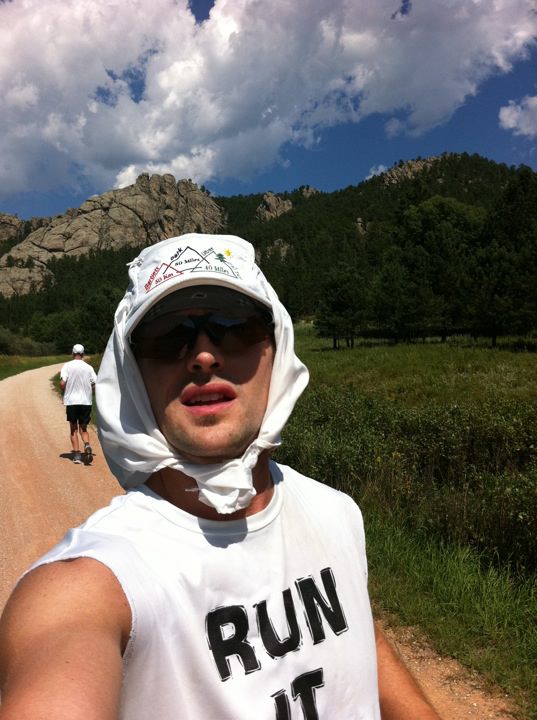
I hadn’t run in any sort of elevation in a long time so I wasn’t sure how it would impact my running, if at all. The race started at 4,200 feet above sea level and climbs slowly for the first 50 miles. At mile 26 it reaches 5,500 before dipping back down to 5,200 a few miles later before climbing to the highest point at 5,882 around mile 38.
The elevation was not a factor to me. I just didn’t seem to notice it during the race.
During the heat of the day I could hear the echo of many native prairie rattlesnake’s rattle echoing off the sides of the low mountains I was running between.
Dunn’s main objective is wanting everyone to finish the race. He is lax on some minor things in hopes that as many runners as possible can finish 100 miles. The 30 hour time limit is not relaxed though. All runners have to finish before that time to get an official time and belt buckle. Those runners finishing in less than 24 hours get a sub-24 buckle.
The race allowed for 4 drop bags that we would cross 7 times at miles 9, 16, 29, 48, 64, 76, and 83. I found that was very adequate for us non-crewed runners. However, aid stations seemed a bit too spread out at times, especially during the hottest part of the day. Some aid stations were 6.6 and 8.3 miles apart. That made conservation of water a must at times, especially for those going light with just a handheld water bottle. A good number of runners had a crew, but I didn’t see any real advantage to that. To me it seemed like a major burden to the family, friend, or hired help that was having to stay awake to help his or her runner. A crew is not at all necessary for this race.
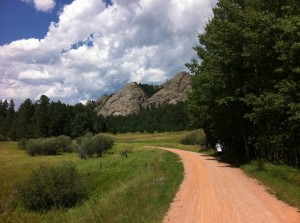
I had a great first 50 miles. My fastest on record at 11:16:00. At mile 48 though I started to slow. After running for 11 hours in the heat, and the last 6 on so in direct sun and temps in the 90’s, I was tired. The climb back up from 48 to 58 was grinding. I just wanted to lay down and take a nap. A runner who had caught me tried to cheerlead and pace me through those miles, but I eventually told her to go on. I didn’t want to slow anyone else down, especially when they were feeling so good and strong. A runner must make hay while the sun is out – metaphorically speaking. I later found out that she made a lot of hay and had a really great race.
The course elevation profile makes it out to look as if when you get to mile 55 that it will be downhill the rest of the way home. This is not true. There are countless climbs…albeit none that are backbreaking. After turning around at mile 48 you climb from 5,018 feet back up to 5,882 feet around the Crazy Horse Monument at mile 58/59. From that point to the finish it is a pretty nice overall decline in elevation but it rolls a lot. Most of the elevation drop came in the last 14 miles.
My stomach wasn’t happy for most of the race. Porta-potties were scarce, but big rocks on the side of the trail were available from time to time. If you ran up on one of these spray-painted rocks then I feel sorry for you. It must have been the bears, bisons or mountain lions. Too much honey can be a bad thing….so I hear!
There were parts in the last 10 miles where the road was 30 feet wide and the drops so steep that the locals likely ski and snowboard down them in the harsh South Dakota winters. I’ve never seen a downhill I couldn’t use to my advantage though and at that point I was so ready for the race to be over so I refused to break on the downhills and sped past many runners who thought I had been shot out of a cannon. I did my 95th mile in 9:16 and averaged 12:25 for the last 10 miles.
There has to be a part of every race where you Run It Fast no matter what type of runner you are.
In the last 10 miles I passed nearly 25 runners. No one passed me besides Marc Johnson who came back with 2 miles to go to re-pass me after I had passed him around mile 95. We talked and ran the last 2 miles in together and looked out for snipers who might be aiming for us from behind. We pushed each other harder than if we had been alone. I told him he was the stronger runner at that point and that I wasn’t going to race him to the finish. It was Marc’s first 100 miler, and he did a great job finishing fast. It was a very nice last couple of miles to finish my second 100 miler.
I finished the Lean Horse 100 in 26:30:57 after being on pace for a sub-24 hour finish for more than 60 miles. However, I was pleased. I knocked 3 hours and 17 min off my previous 100 mile finish.

The race finished at the Mueller Center in Hot Springs where runners had parked their cars before catching shuttles, vans, cars, scooters to the start line. Dunn couldn’t have been happy when the buses to transport the runners to the starting line were late to arrive. Almost every runner had hitched a ride from a crewed runner by the time the bus made a cameo.
I hitched a ride from a fellow runner whose wife drove several of us on-edge runners to the start in their family mini-van. Luckily they knew where they were going.
I ran well from miles 1-48 and from 82 to the finish. I struggled from 49-81 but I was still moving well. I was able to stay healthy throughout the race, unlike my first 100 miler at Rocky Raccoon back in February. The only real issues I had were two blisters on the ball of both feet and a slightly upset stomach for 70 or so miles of the race.
The Mueller Center is a nice community center that hosted the packet pickup, expo, race Q&A, and finishing line. A nice spread of food was provided for the runners upon finishing the race there. Jerry was there to congratulate runners as they finished. He also had driven his Lean Horse Ale black school bus back down Argyle Road the last few miles yelling encouragement at runners as a cloud of dust kicked up behind the custom ride.
The finisher’s Belt Buckle (see HERE) was extremely nice, shiny, and heavy metal! A medal was also given to all finisher’s. Those that placed in their age division received a horse shoe trophy. The male and female winners received a bust of a horse head.
Would I run this race again? Without a doubt! It’s a great place for someone wanting to run their first 100 or PR at the 100 distance.
The town also had a Taco Johns which is 37 and 1/2 degrees of yum! It made the perfect post-race recovery meal and midnight snack.
Other places I’d recommend to eat in Hot Springs would be Dale’s Family Restaurant and the All-Star Cafe. Both are local establishments.
Lean Horse 100 Ratings:
- Packet Pick Up/Expo: 8/10
- T-shirt/Goodies: 4/10
- Finisher’s Buckle/Medal: 9/10
- Running Surface: 10/10
- Course Navigability: 8/10
- Aid stations: 6/10
- Race Director(s): 10/10
– joshua holmes (2011)
Lean Horse 100 Website





